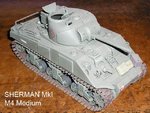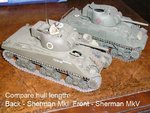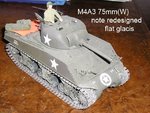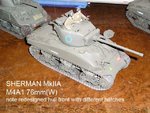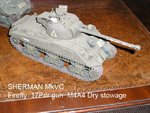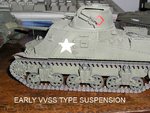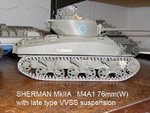syscom3
Pacific Historian
Quantity does have a quality of its own.
The Sherman does win hands down when it came to numbers. But that can only take you so far.
If the allies didnt have so many fighter bombers to limit the effectiveness of the German armor, then things would have been worse for the M4.
The Sherman does win hands down when it came to numbers. But that can only take you so far.
If the allies didnt have so many fighter bombers to limit the effectiveness of the German armor, then things would have been worse for the M4.

